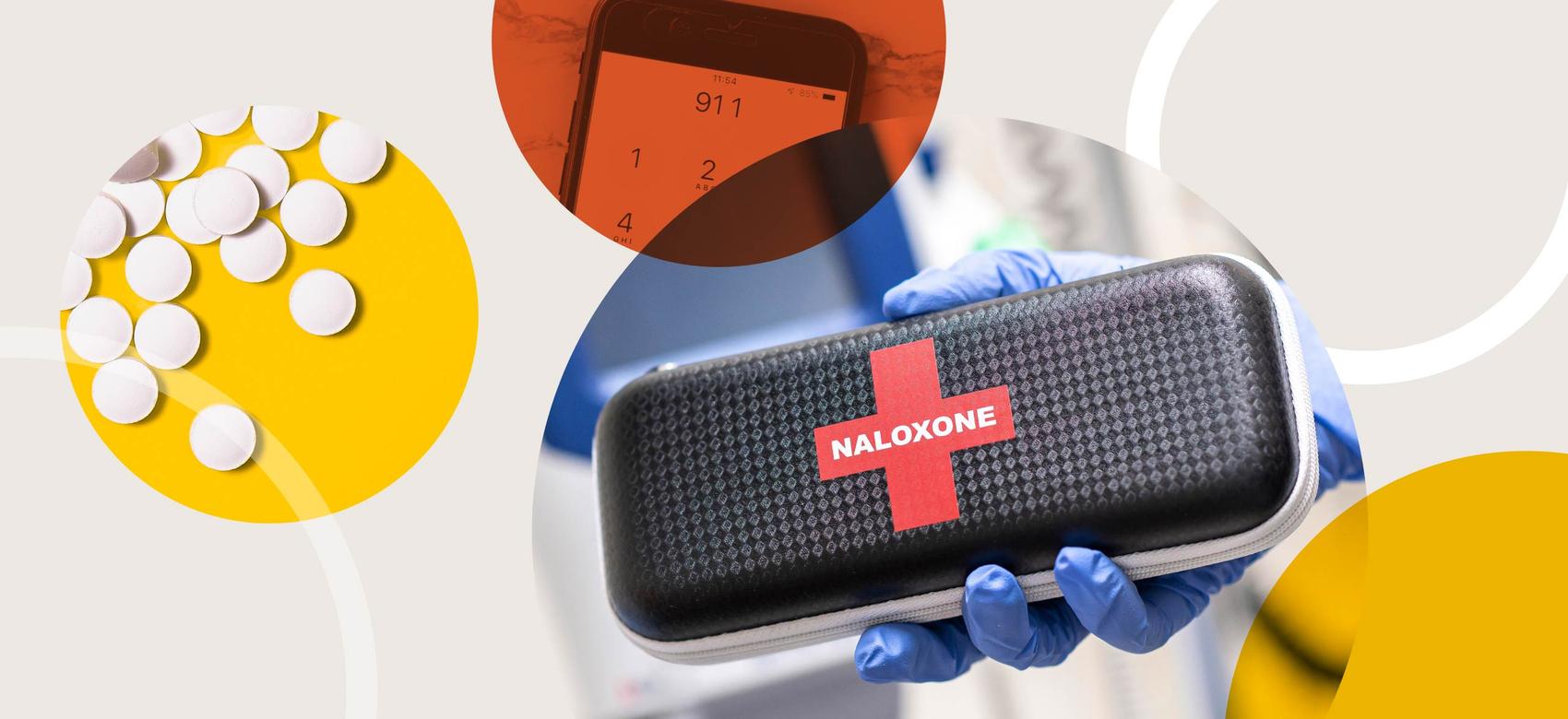Recognizing the signs of an opioid overdose
By Jessica Werb

Being able to recognize the signs of an opioid overdose and knowing how to act can save a life.
Cheyenne Johnson, Executive Director of the BC Centre on Substance Use (BCCSU) and an adjunct professor in the UBC School of Nursing, explains how to spot the symptoms.
“In general, in an opioid overdose, people will be non-responsive, unconscious or barely conscious,” Johnson says. “They’re difficult to rouse.”
This can, at first glance, resemble alcohol intoxication or other medical emergencies, but there are critical signs to look for. Opioids, such as fentanyl, occupy receptors in the brain stem that control the respiratory function, and at high doses will affect breathing.
“The big differentiating factor is that people will have a really low respiratory rate,” she says. “People will have low, or very shallow breathing, or won’t be breathing at all. And depending on how long it’s been, you might see blue lips. People can be cold or clammy to the touch. Their pupils may be pinned or their eyes rolled back. And they can be blue around the fingertips and nails.”
An injection of naloxone can quickly reverse the effects of an overdose from opioids such as heroin, morphine, fentanyl, carfentanil and codeine. It is available free without a prescription, and, notes Johnson, “should be a part of all people’s standard first aid kits.”
Johnson recommends getting training online on how to respond to an overdose with a take-home naloxone kit, through the BC Centre for Disease Control’s Toward the Heart initiative. She also recommends that everyone learn the SAVE ME steps to responding to an overdose.
Learn more about why addressing stigma around substance use matters.
Jessica Werb is a freelance writer for UBC Brand and Marketing. This article was published on October 8, 2021 and updated on October 13, 2021. An earlier version of this article misstated the appearance of pupils in an overdose; they may appear as pinpoints, not dilated. Feel free to republish the text of this article, but please follow our guidelines for attribution and seek any necessary permissions before doing so. Please note that images are not included in this blanket licence.


